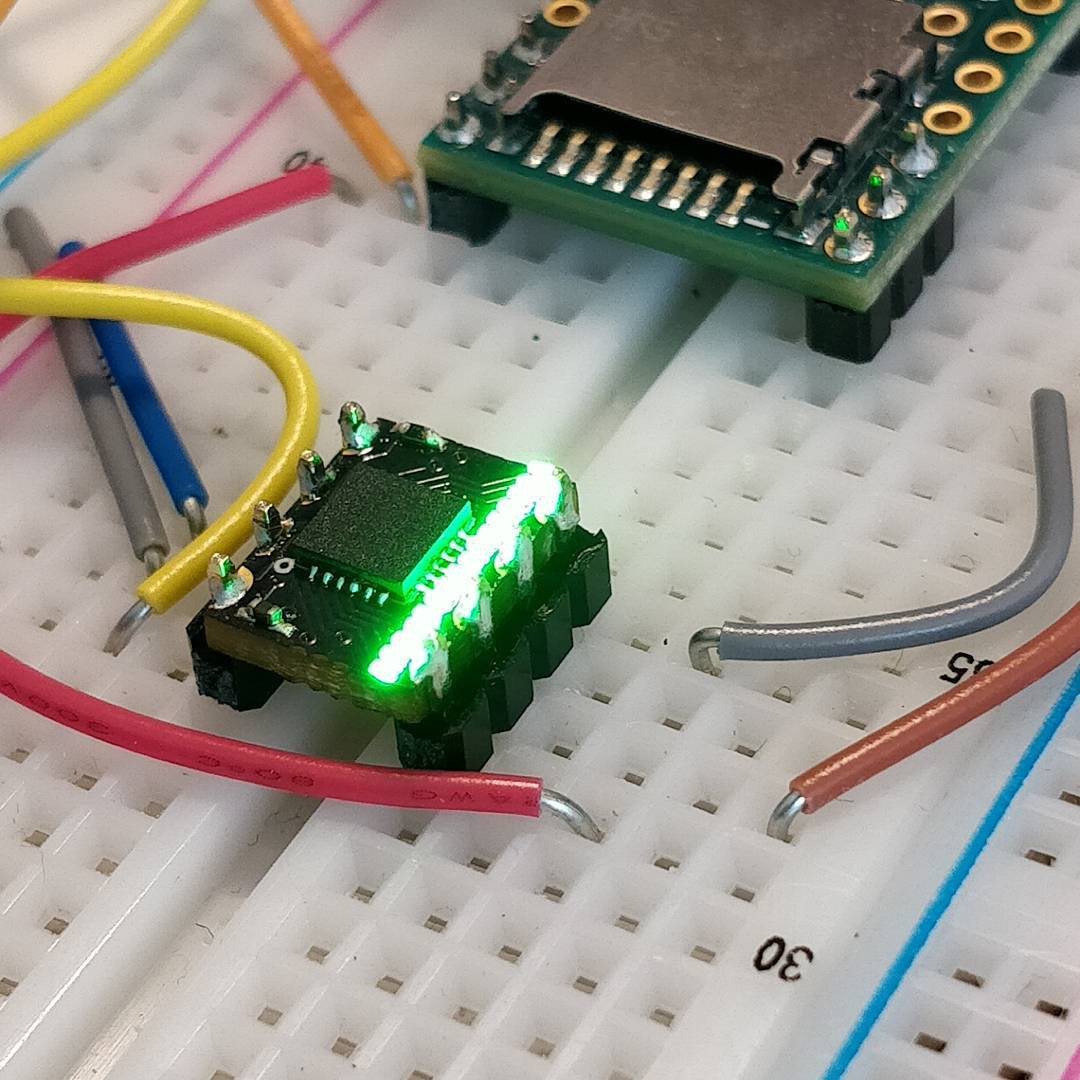
The Rotovis-Mod1 is designed to help users quickly create high-density (40 DPI, roughly equal to a TI-83) persistence-of-vision displays. Each board is the size of an 8-pin narrow DIP package, and can be used with or without header pins due to its castellated terminals. Rotovis-Mod1s can also be used for other tiny 1D display applications such as tiny bar graphs or tiny KITT scanners.
The Rotovis-Mod1 is essentially a tiny breakout board for one of TI's 16-channel constant current LED driver ICs with LEDs added on for good measure. As such, you should really go read the IC's datasheet; in particular, take a look at the timing diagram on page 11 and the current value setting table on page 14. Or you can just slap the board onto the nearest SPI port and add a bit of logic for handling the BLANK line; these devices just are shift registers with some LED drivers tacked onto the outputs.
The eight pins and sixteen LEDs on the Rotovis-Mod1 are numbered as follows, if viewed from above with the LED bar graph on the right:
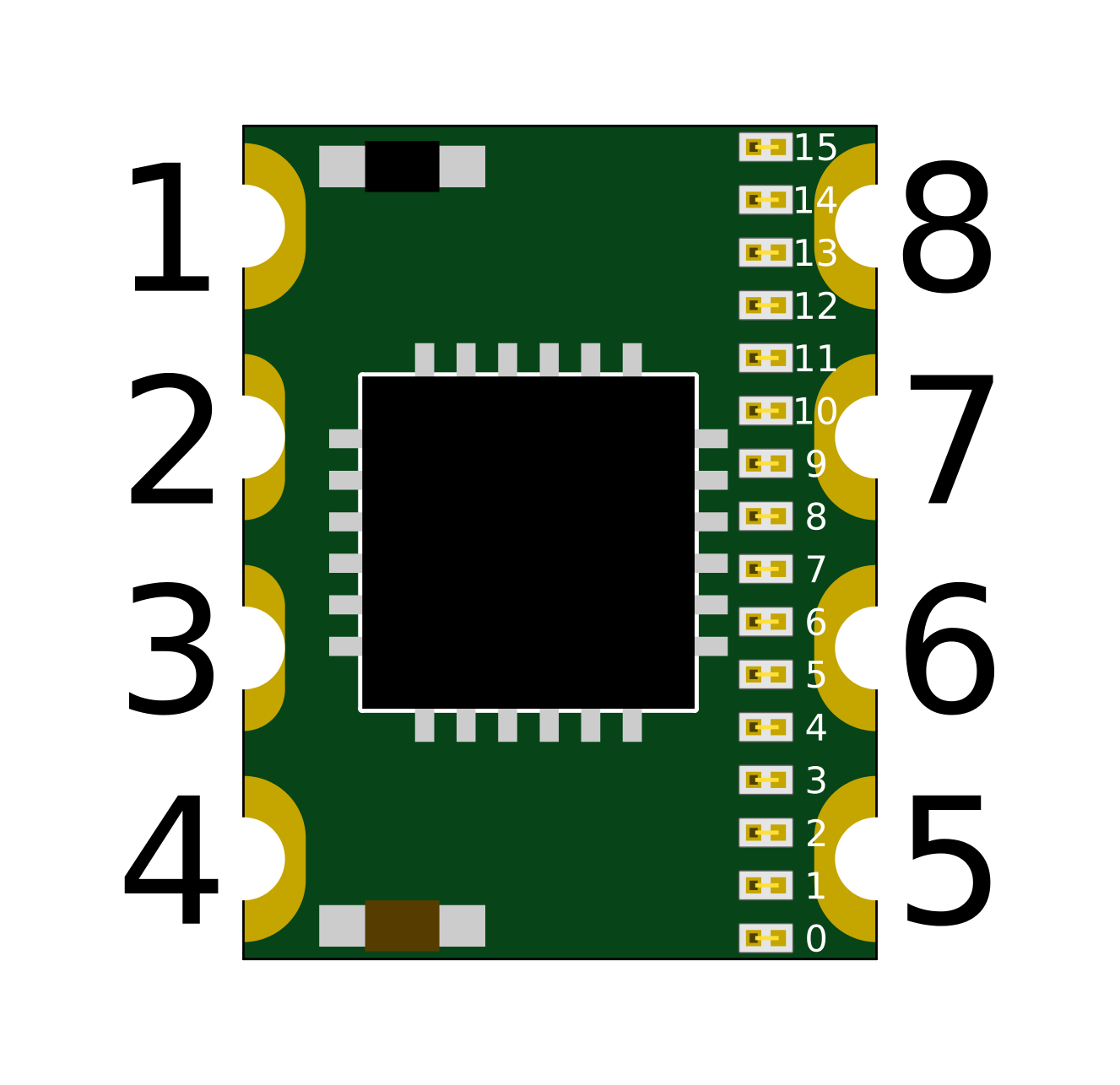
These eight pins function as follows:
| PIN | FUNCTION |
| 1 | SOUT: Serial data out. Connect to downstream Rotovis-Mod1 boards. |
| 2 | VCC: 3.0 - 5.5 VDC |
| 3, 7 | GND |
| 4 | SIN: Serial data in. Can be driven from an SPI port (connect to MOSI). Only connect to the first Rotovis-Mod1 board. |
| 5 | SCLK: Data clock. Can be driven from an SPI port (connect to SCK). Connect to all Rotovis-Mod1 boards. |
| 6 | LAT: Data latch. Drive using a GPIO pin. Latches data when low. Connect to all Rotovis-Mod1 boards. |
| 8 | BLANK: Display blank. Drive using a GPIO pin. Blanks display when high. Connect to all Rotovis-Mod1 boards. |
 zakqwy
zakqwy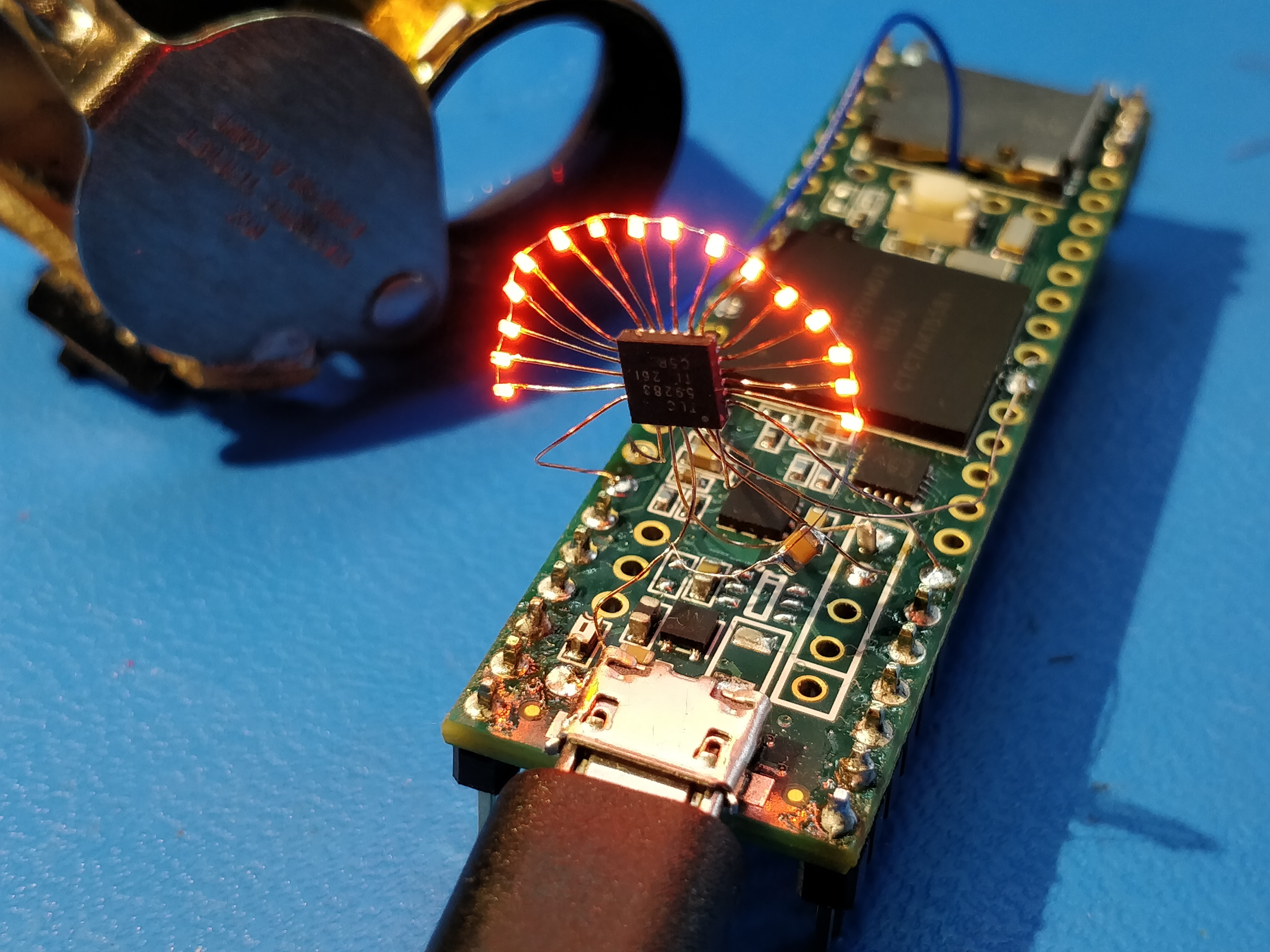
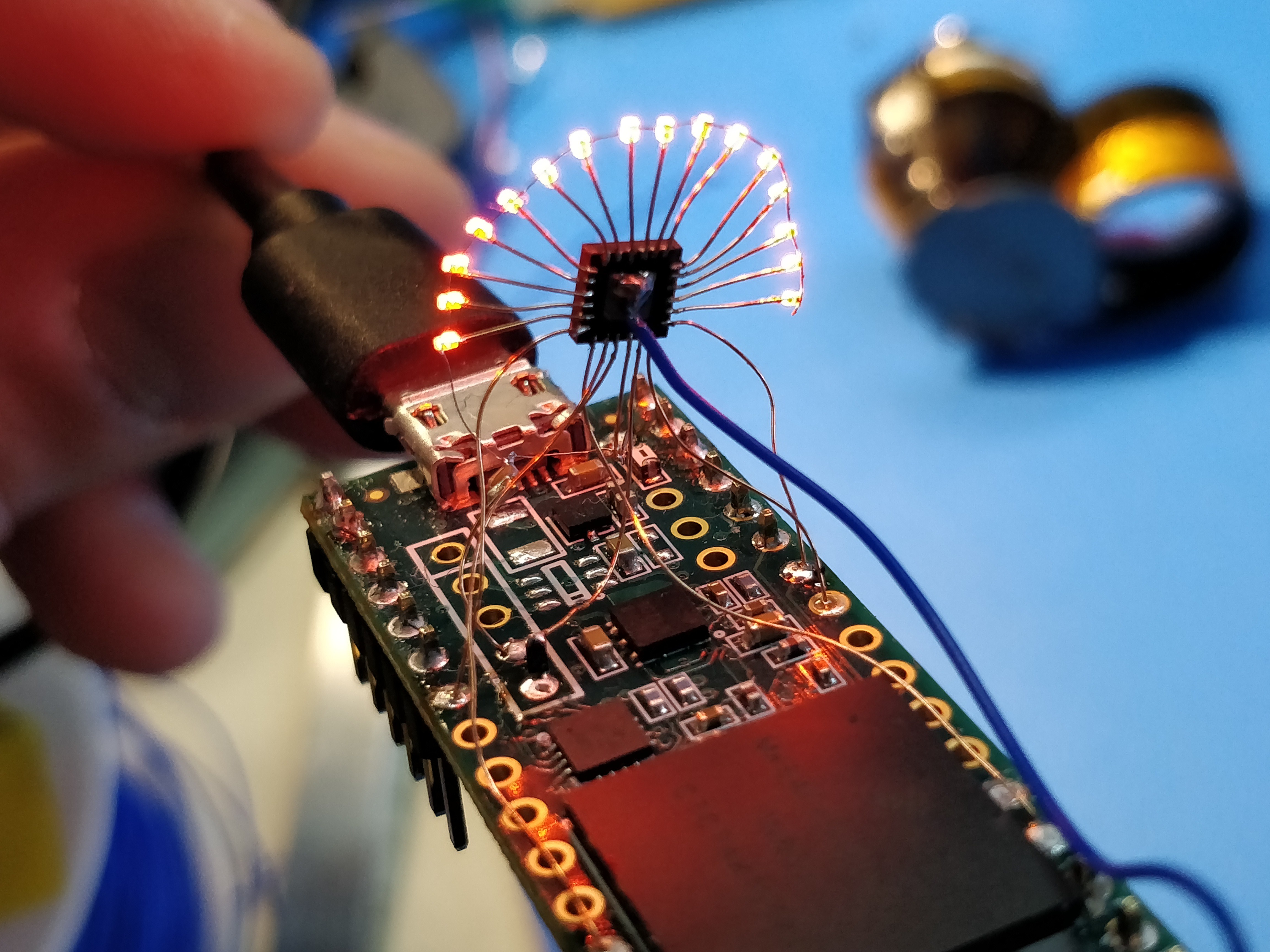
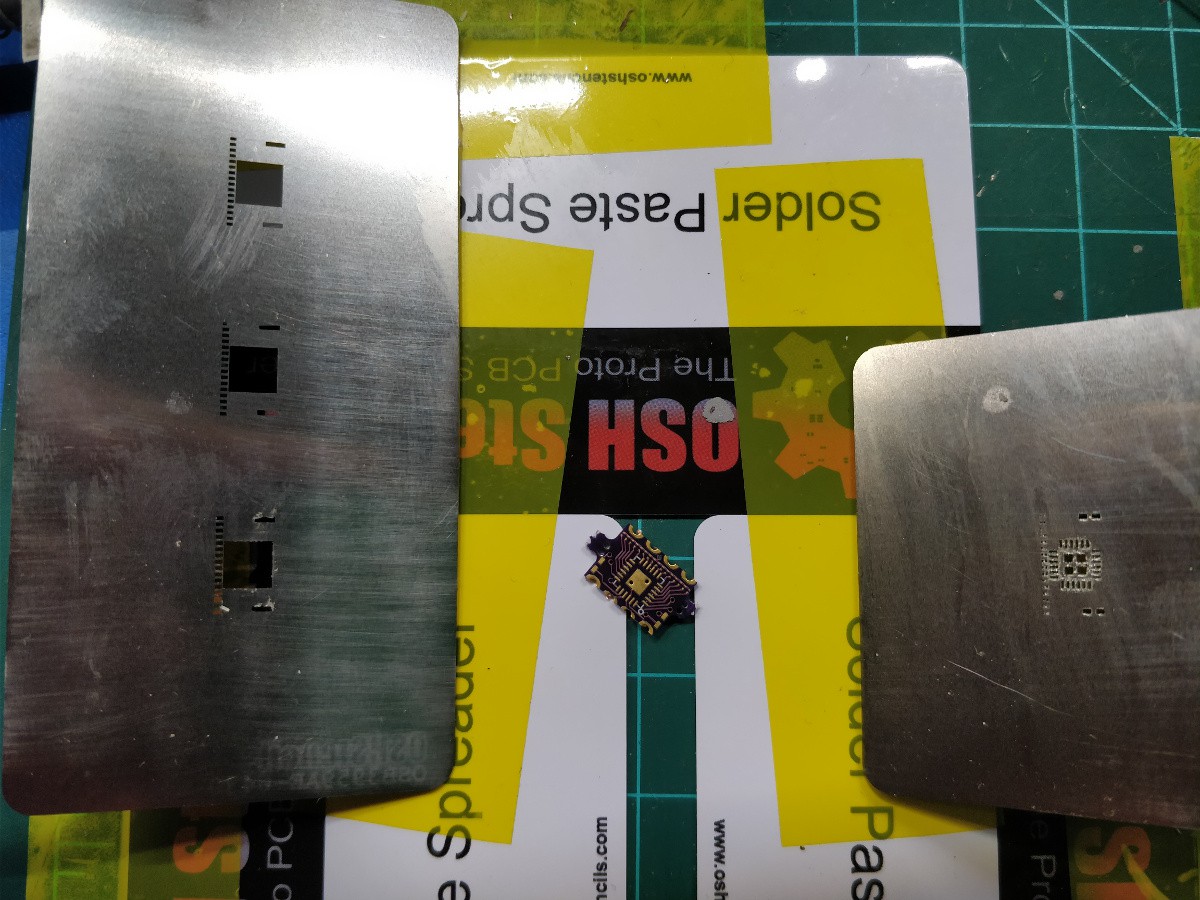
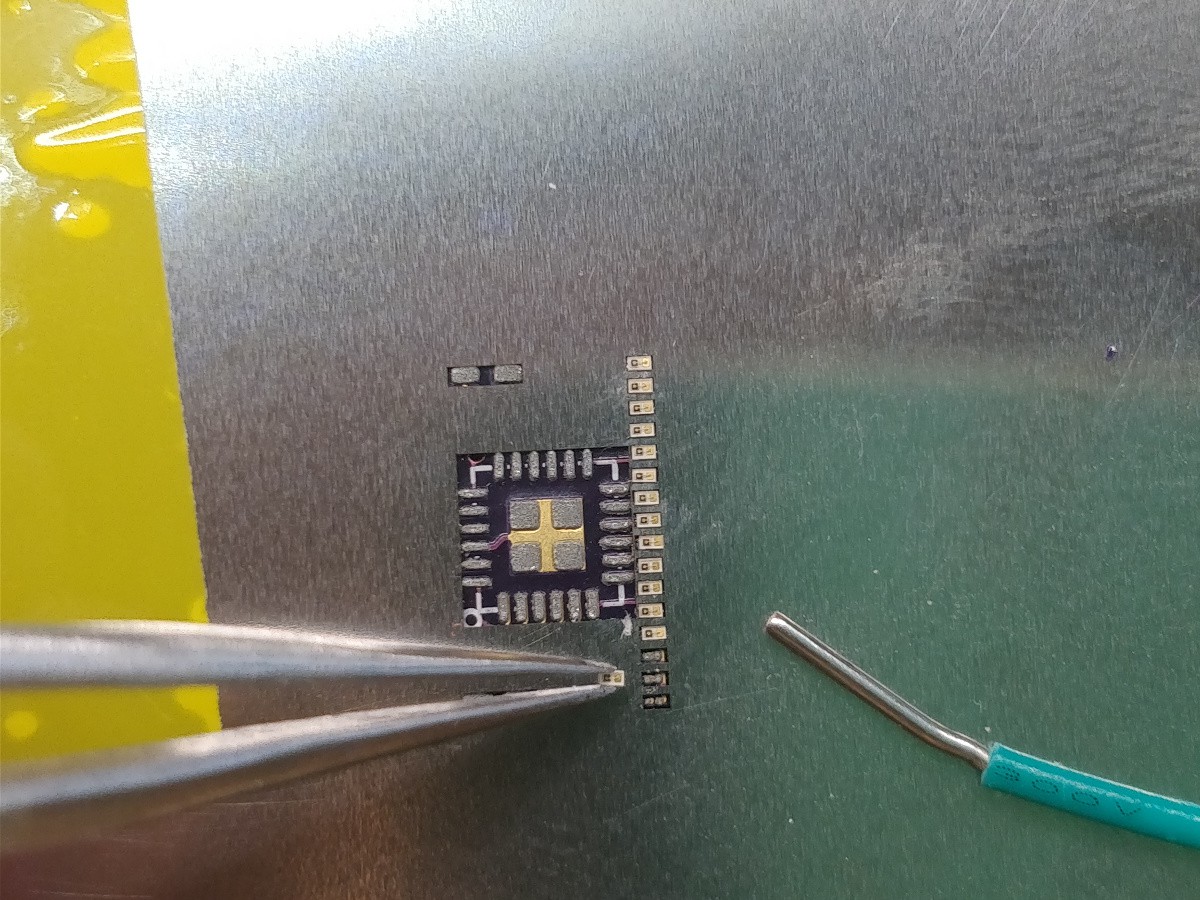
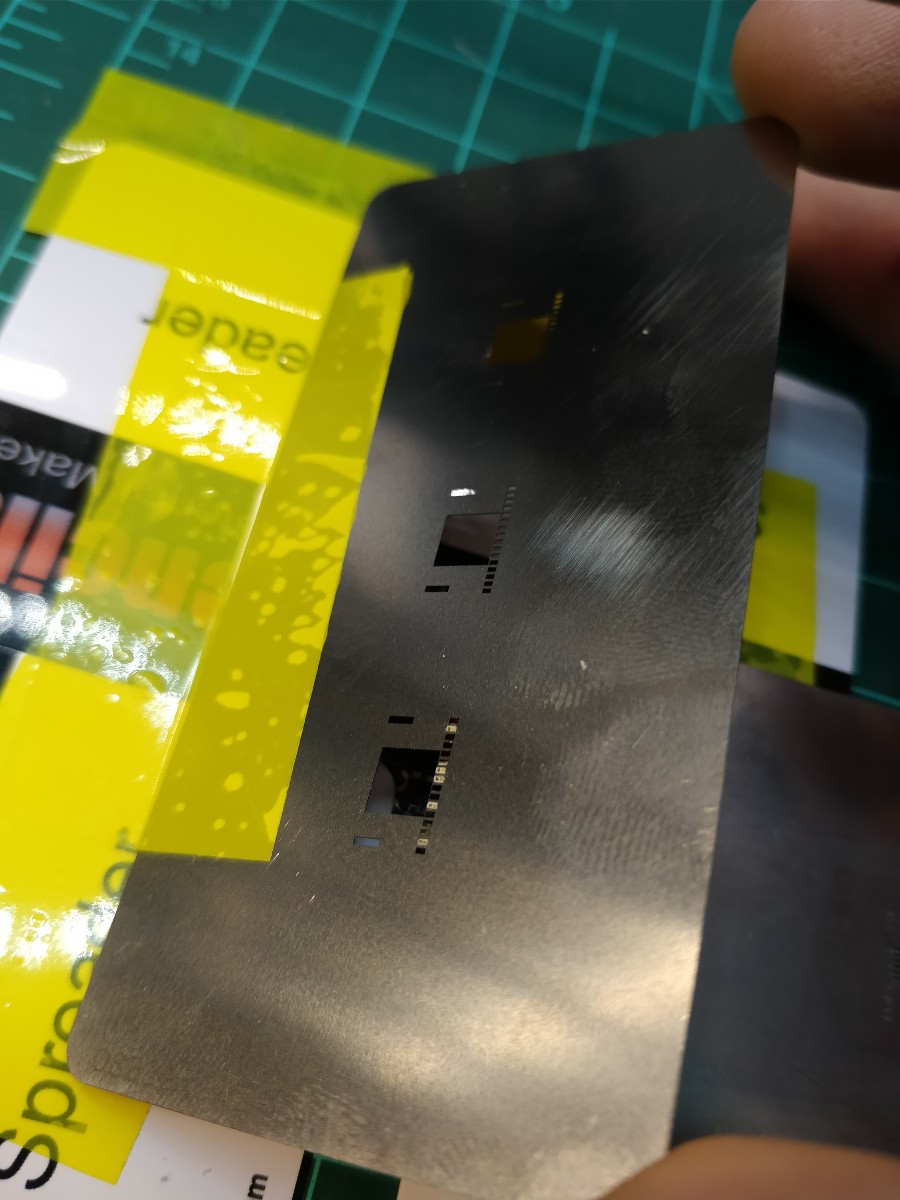
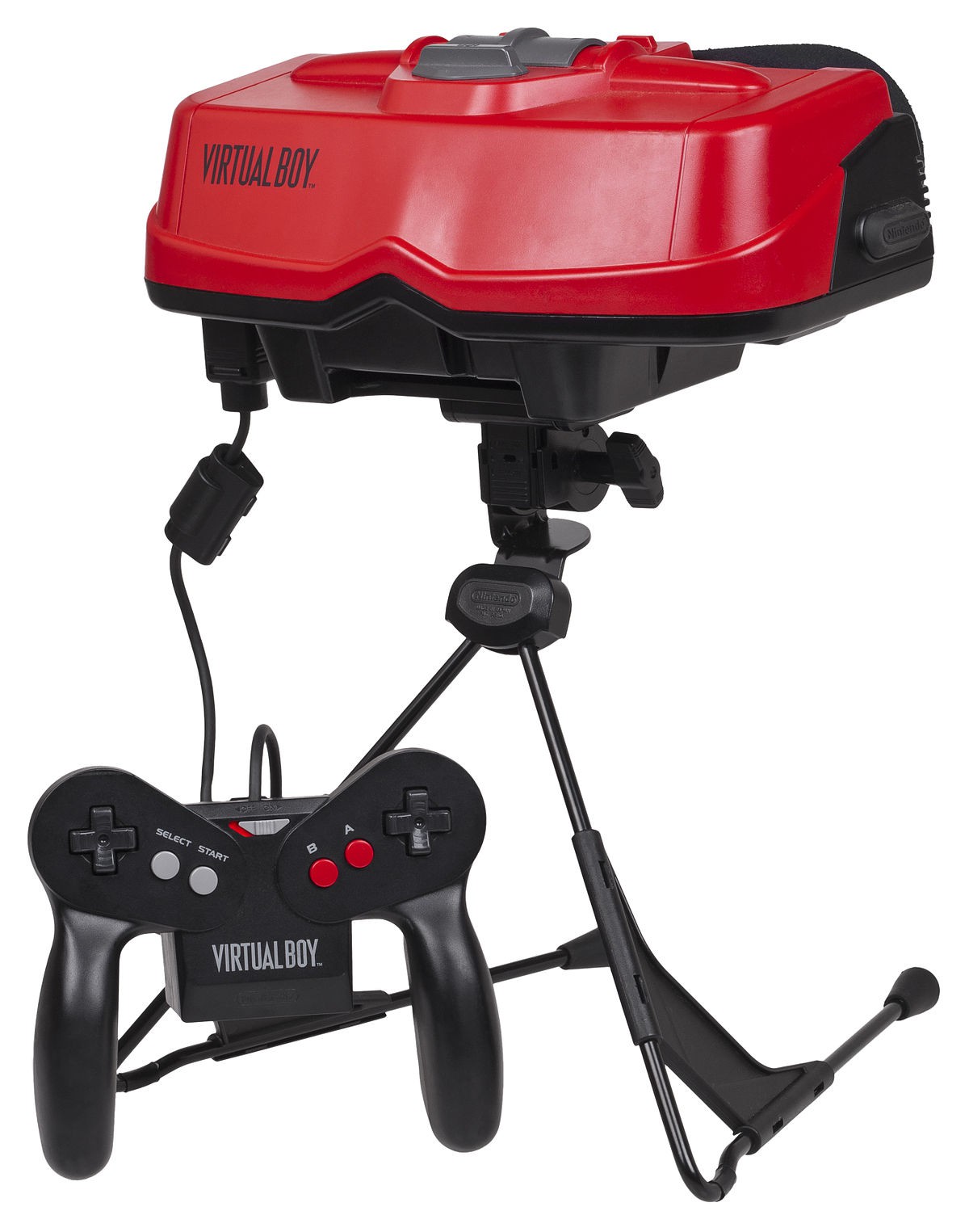
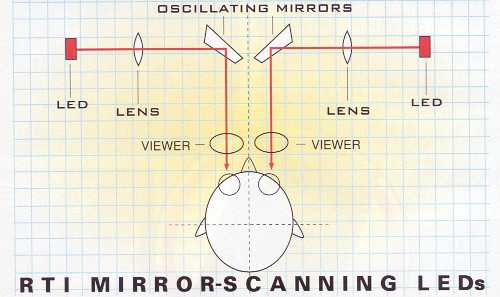
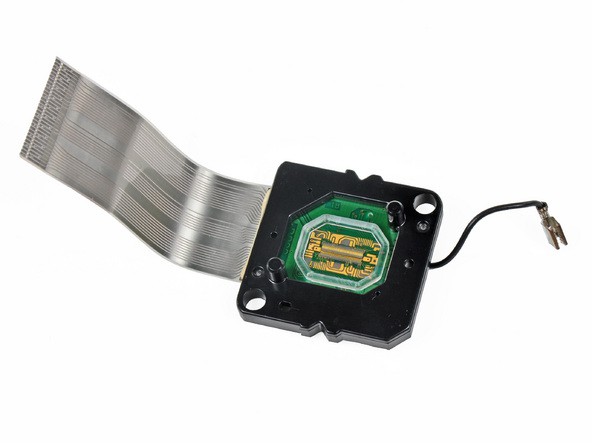
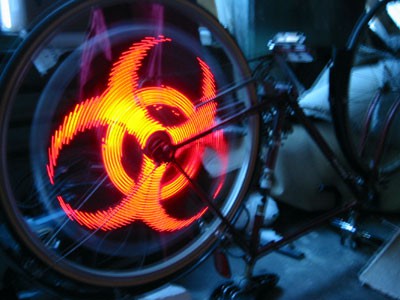
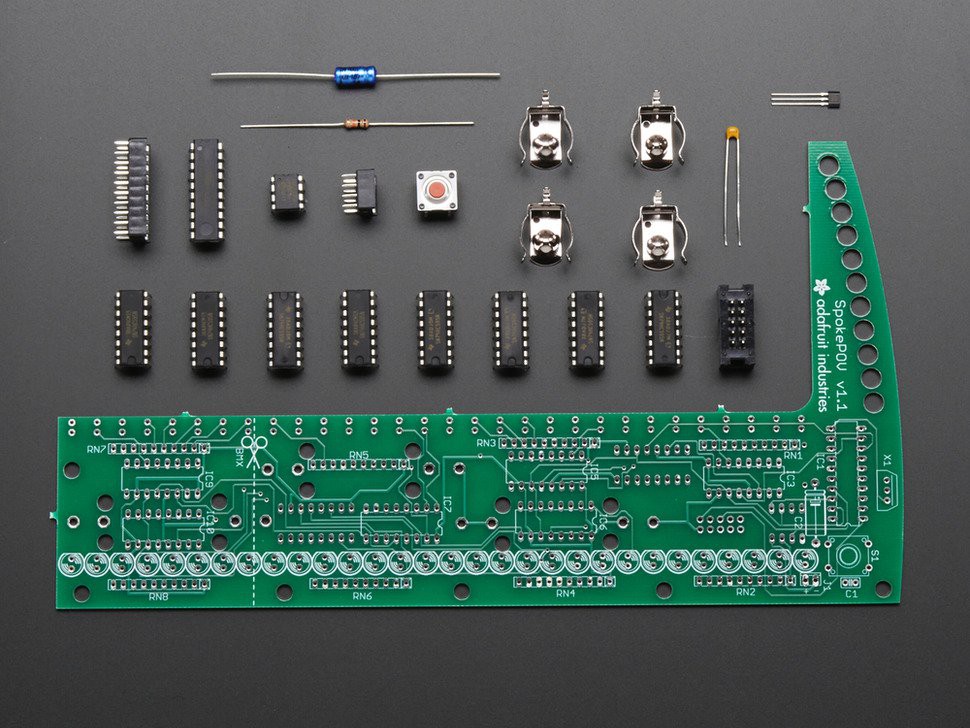
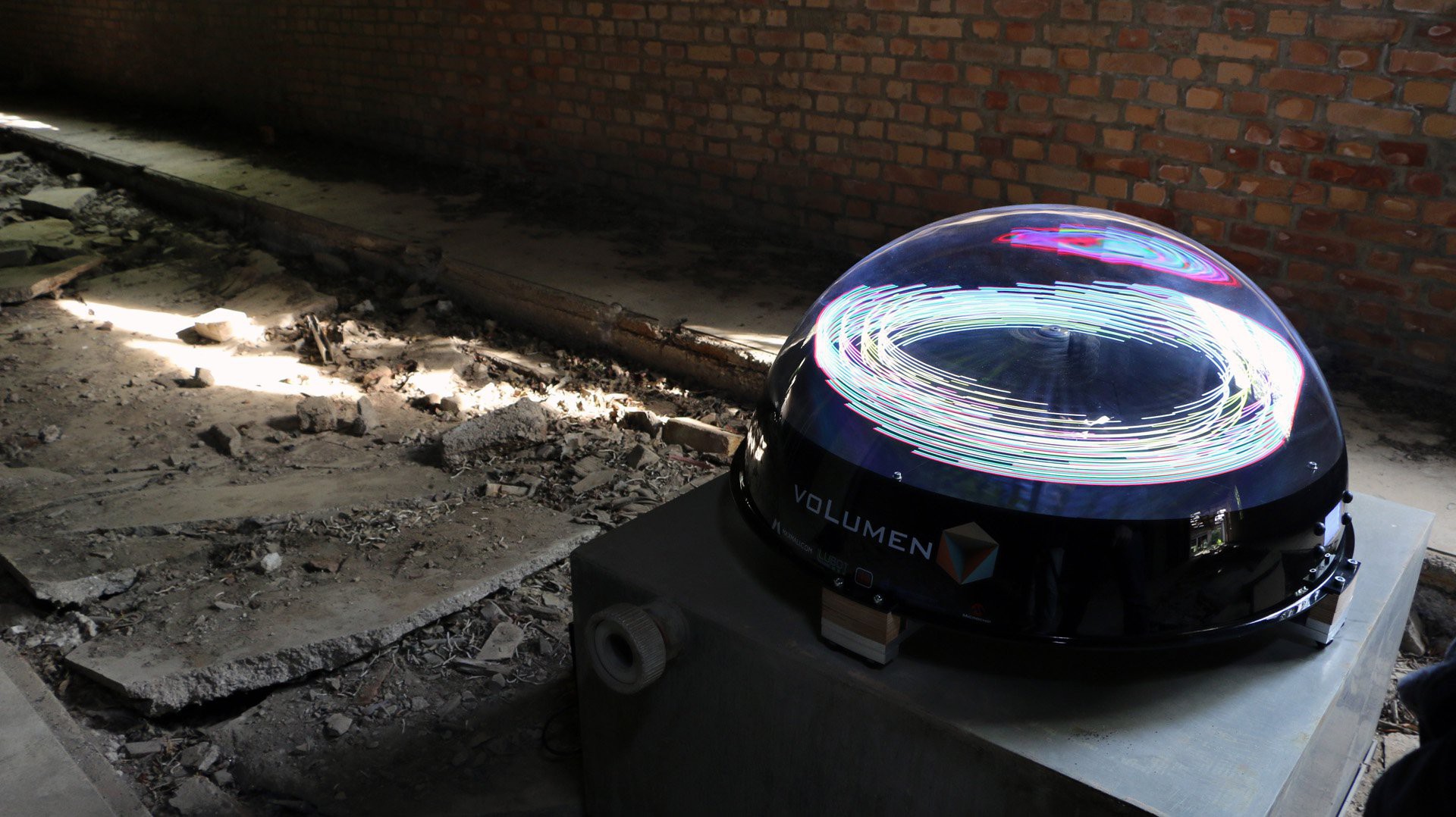







This is amazing! I really look forward to see where you get with this! Great job on those 0201 LEDs that's just masochistic ;)